Scenarios and details of different types of tennis balls
Introduction
Let's delve into various scenarios and delve into the intricate details of different types of tennis balls, exploring their nuanced characteristics and how each variant serves distinct purposes tailored to meet the diverse needs of players across various playing conditions and skill levels.

-
Hard Courts:
- Hard courts are made of rigid materials such as asphalt or concrete, covered with an acrylic surface.
- They provide a relatively fast and consistent bounce, making the game suitable for aggressive baseline play and powerful serving.
- The ball tends to bounce higher and with more pace compared to grass or clay courts.
-
Hard courts are the most common surface for professional tournaments, including the Australian Open, US Open, and many ATP and WTA events.

-
Grass Courts:
- Grass courts are the fastest surface in tennis, known for their low and skidding bounce.
- The natural grass surface is slick and tends to produce unpredictable bounces, making it challenging for players to adapt.
- Grass courts encourage serve-and-volley play and reward players with a well-placed serve and net-rushing tactics.
-
Wimbledon, the oldest and most prestigious tennis tournament, is played on grass courts.

-
Clay Courts (Red Clay):
- Clay courts are made of crushed brick, shale, or stone, with a layer of finely crushed gravel.
- The surface is slower, providing a higher bounce and allowing the ball to grip the surface, resulting in more rallies and defensive play.
- Players need to have excellent movement and endurance on clay courts due to the sliding required to reach balls.
-
Clay courts are commonly associated with the French Open, where the tournament takes place on red clay courts at Roland Garros.

In summary, the main differences between hard courts, grass courts, and clay courts lie in their speed, bounce characteristics, and playing style. Hard courts offer a fast and consistent bounce, grass courts are the fastest with a low and skidding bounce, while clay courts are slower with a higher bounce and favor defensive play. Each surface presents unique challenges and requires players to adapt their game accordingly.
Thanks for watching,If you want more interesting sports trivia, bookmark our site!


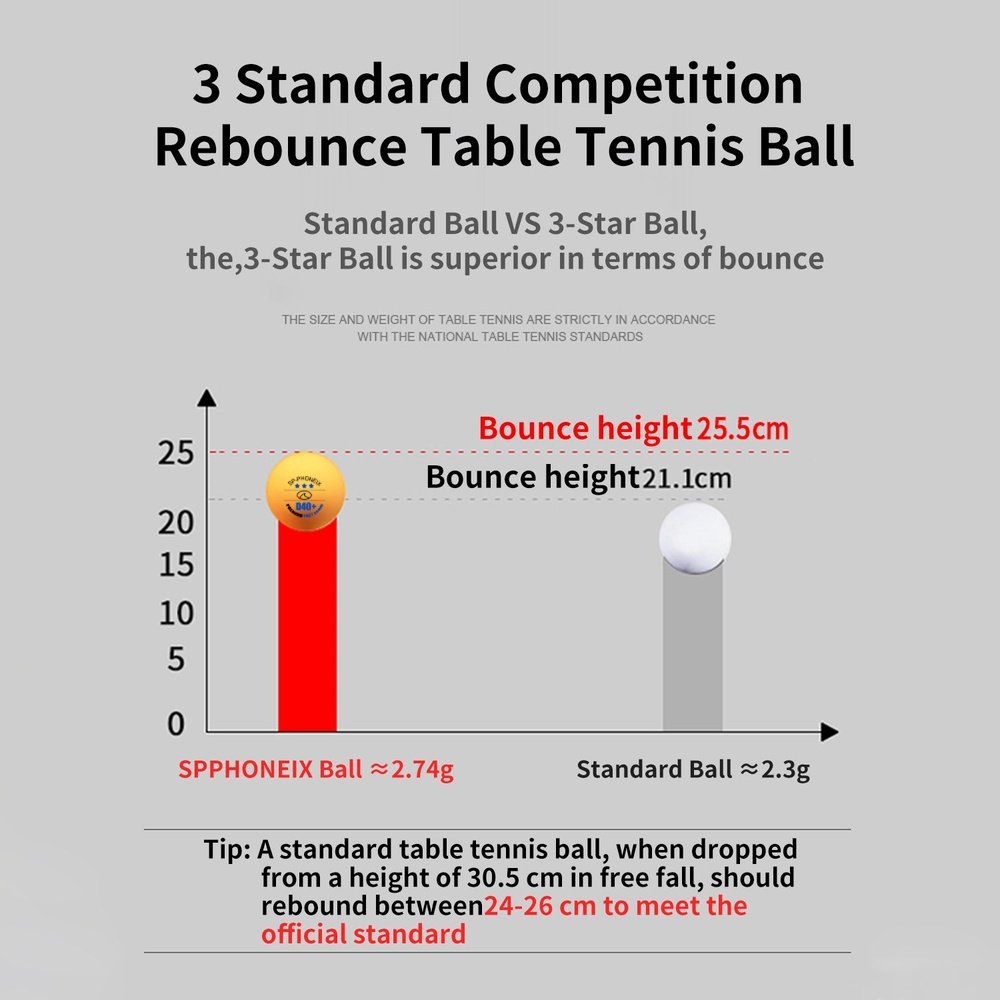
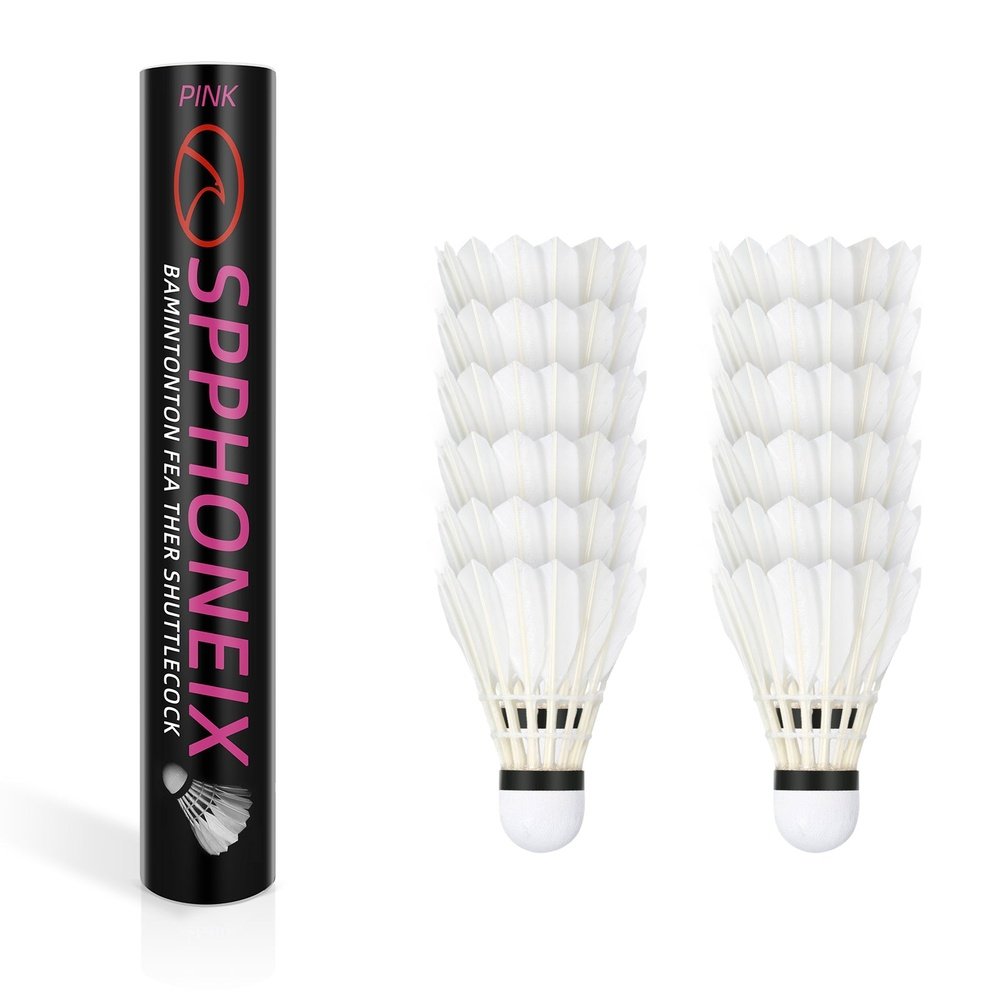
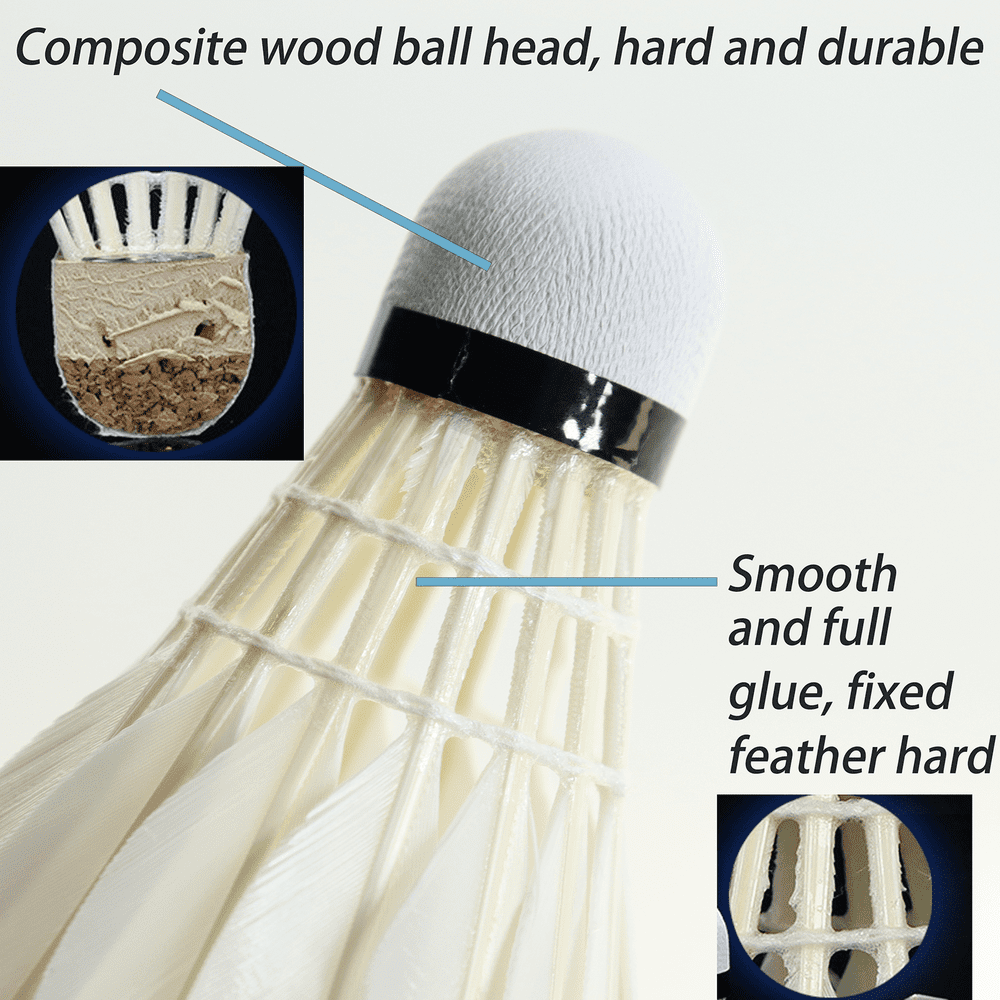
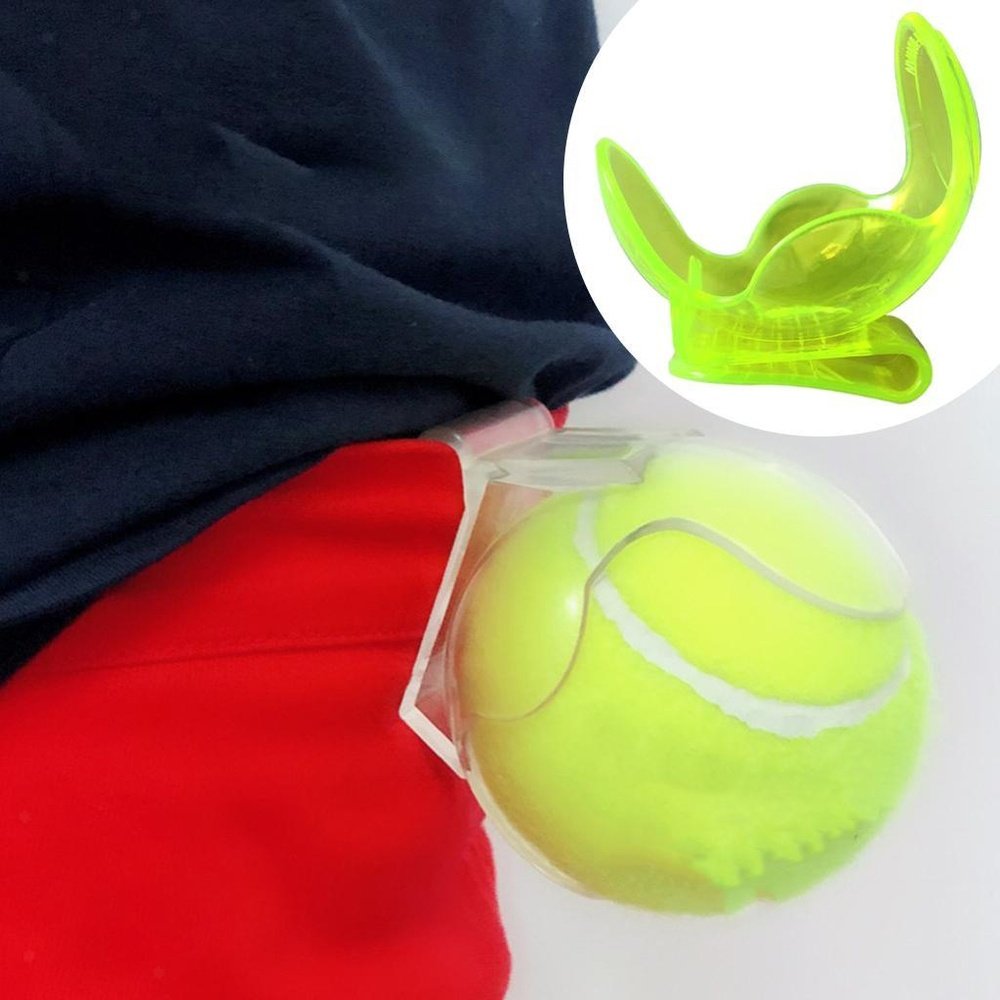
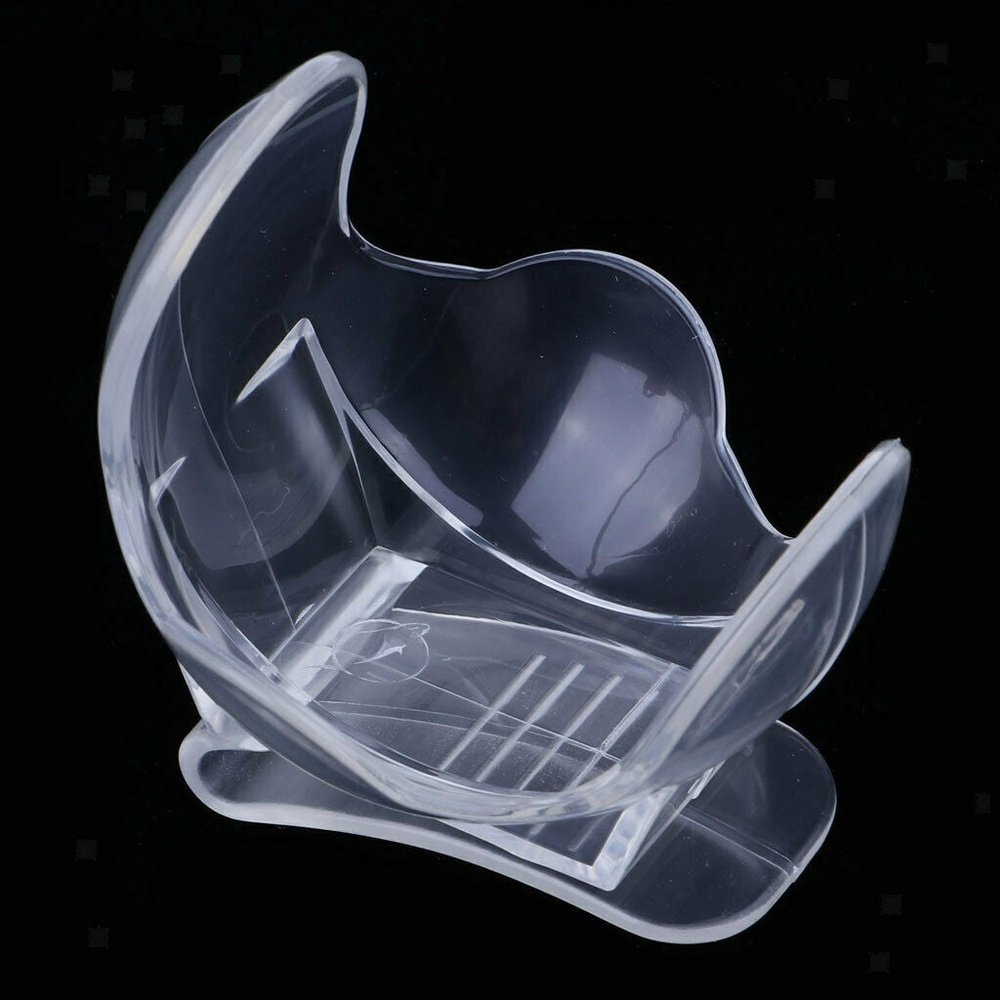
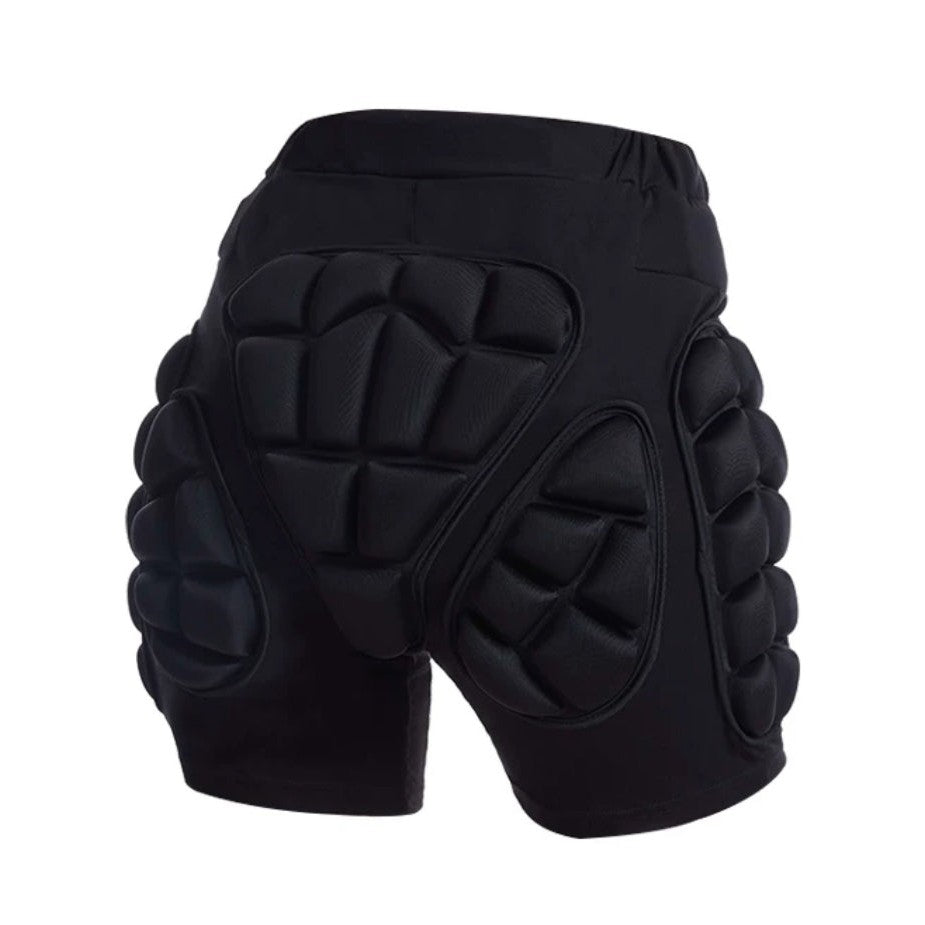
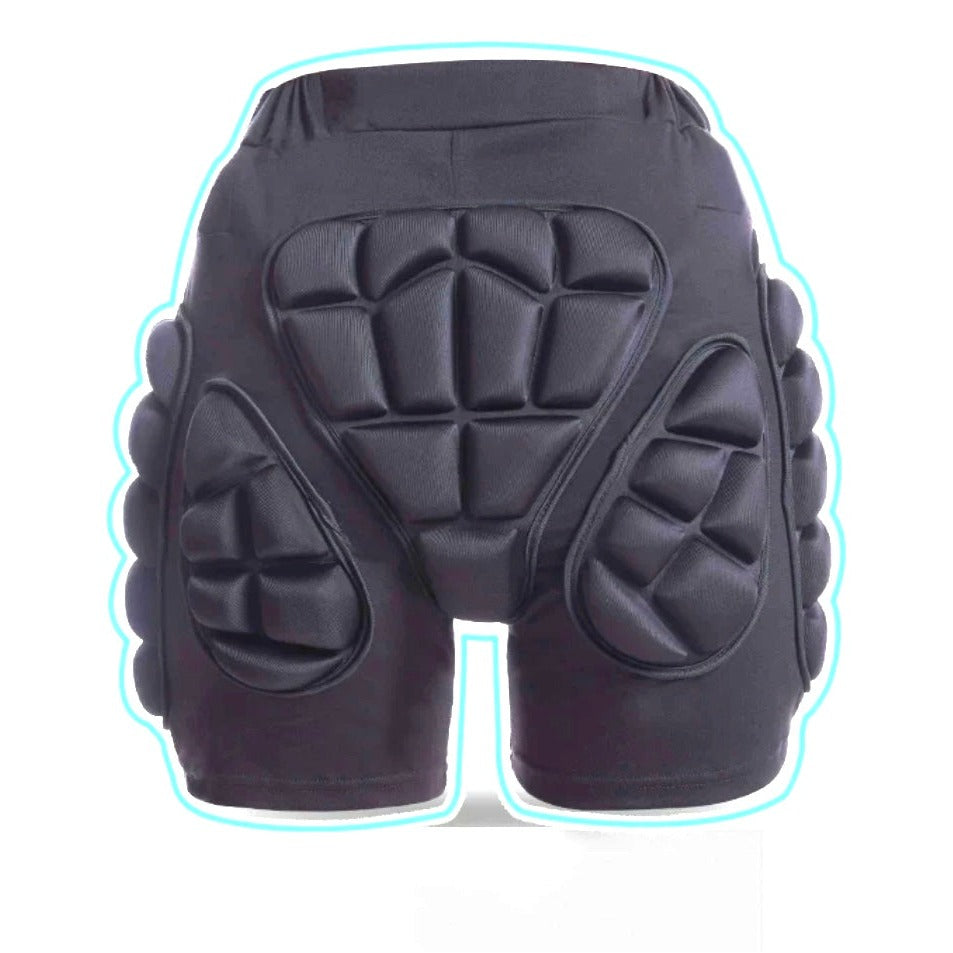
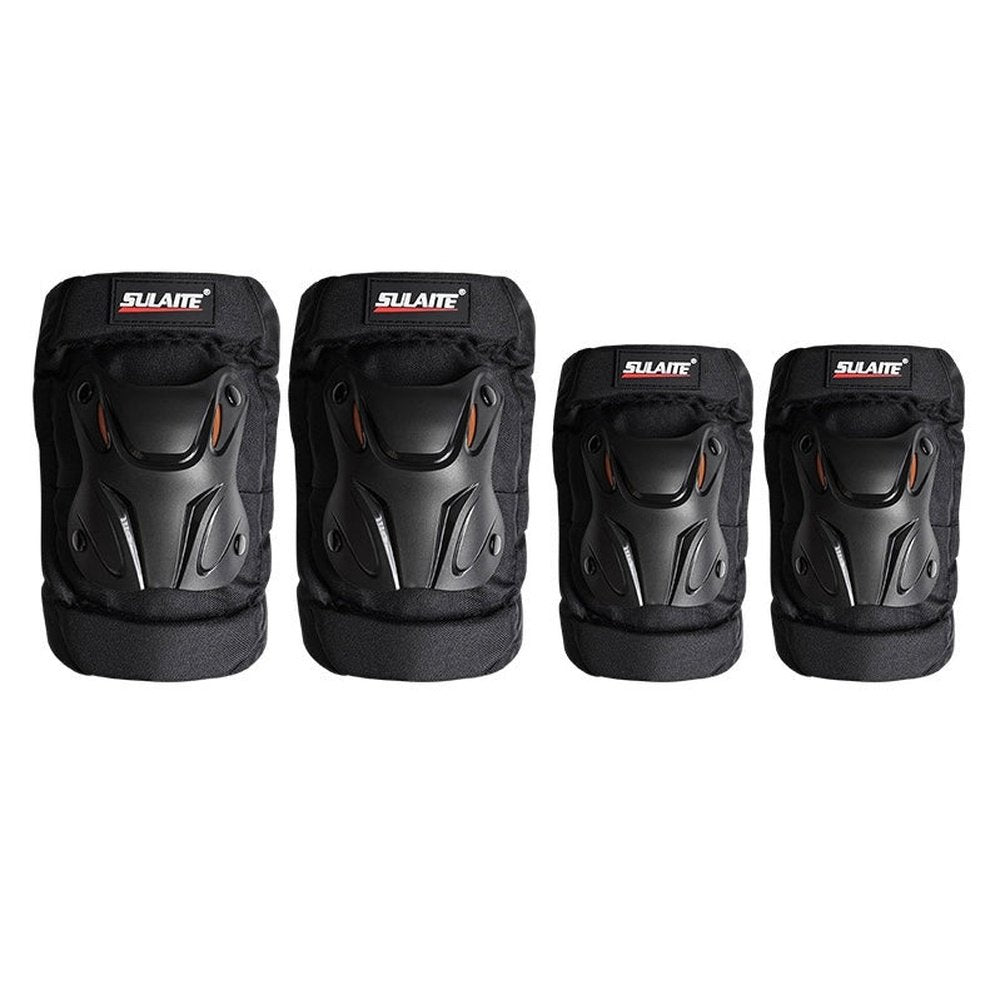
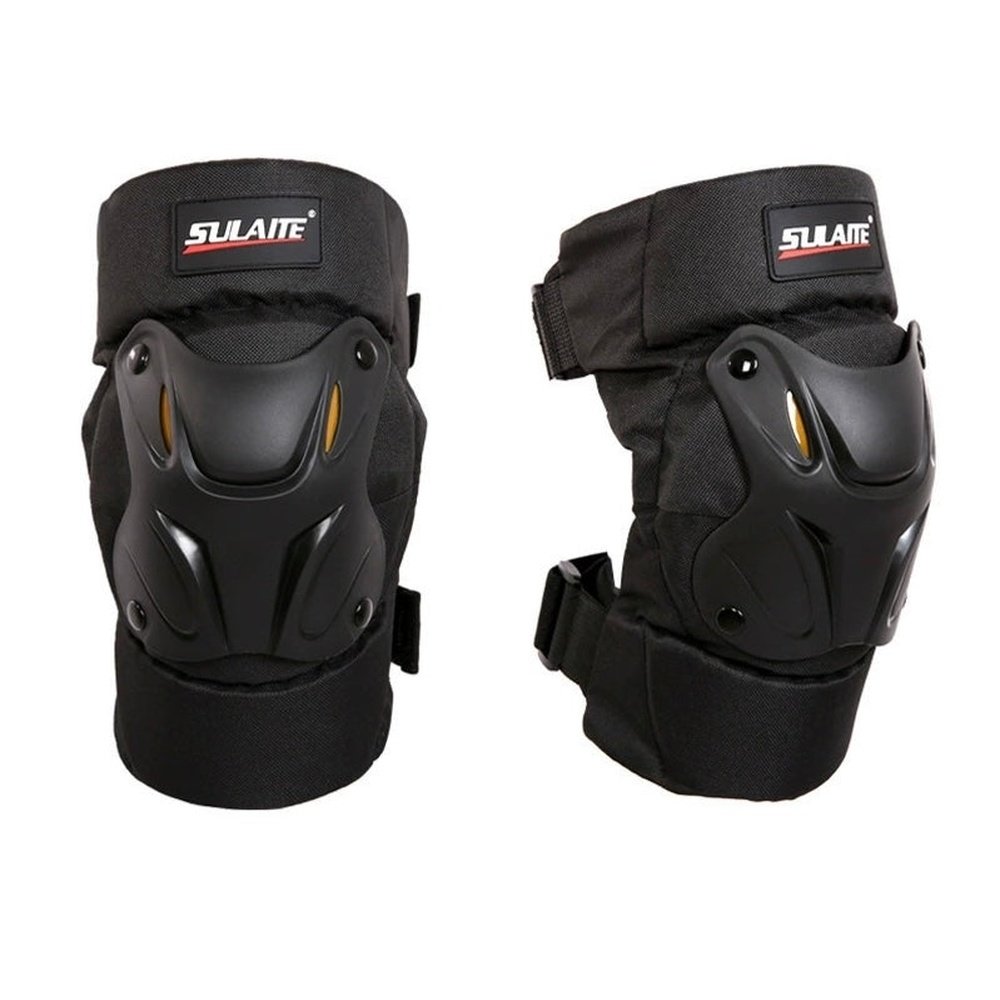
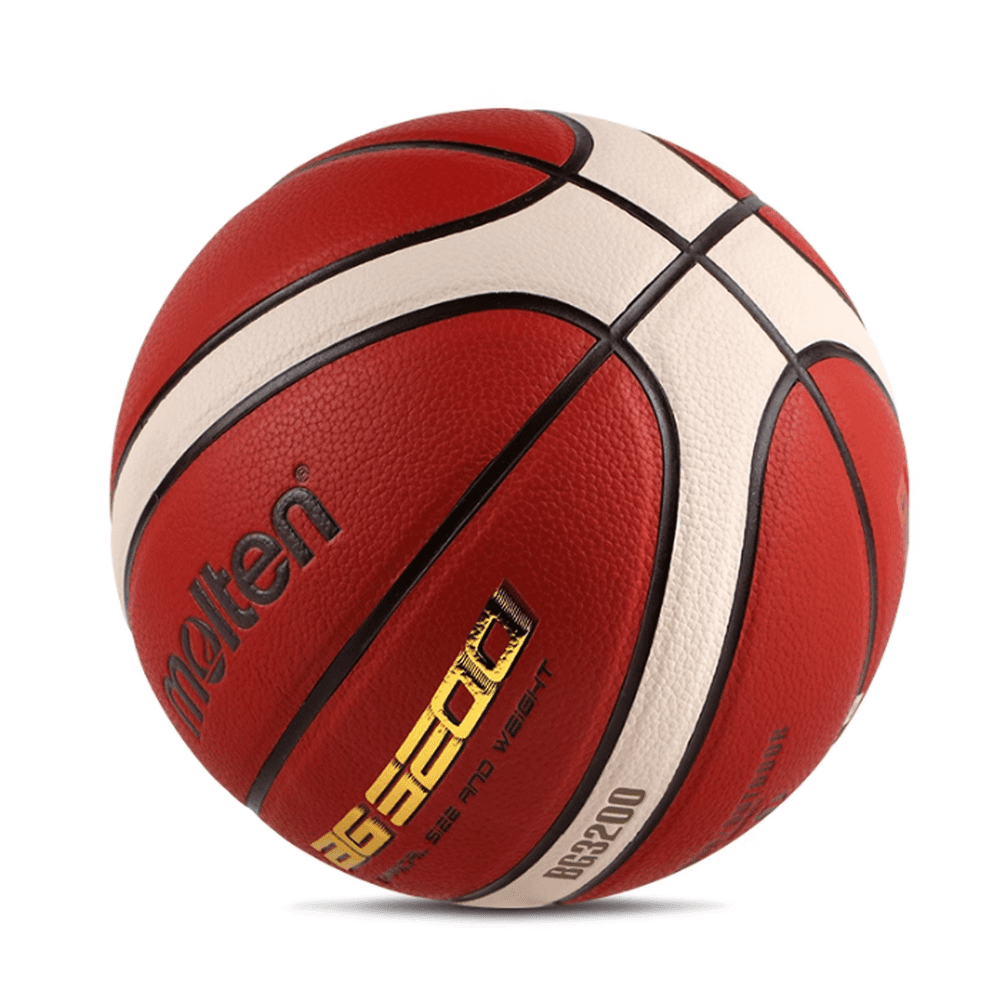
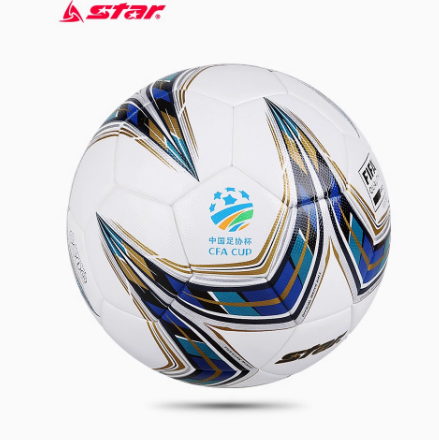
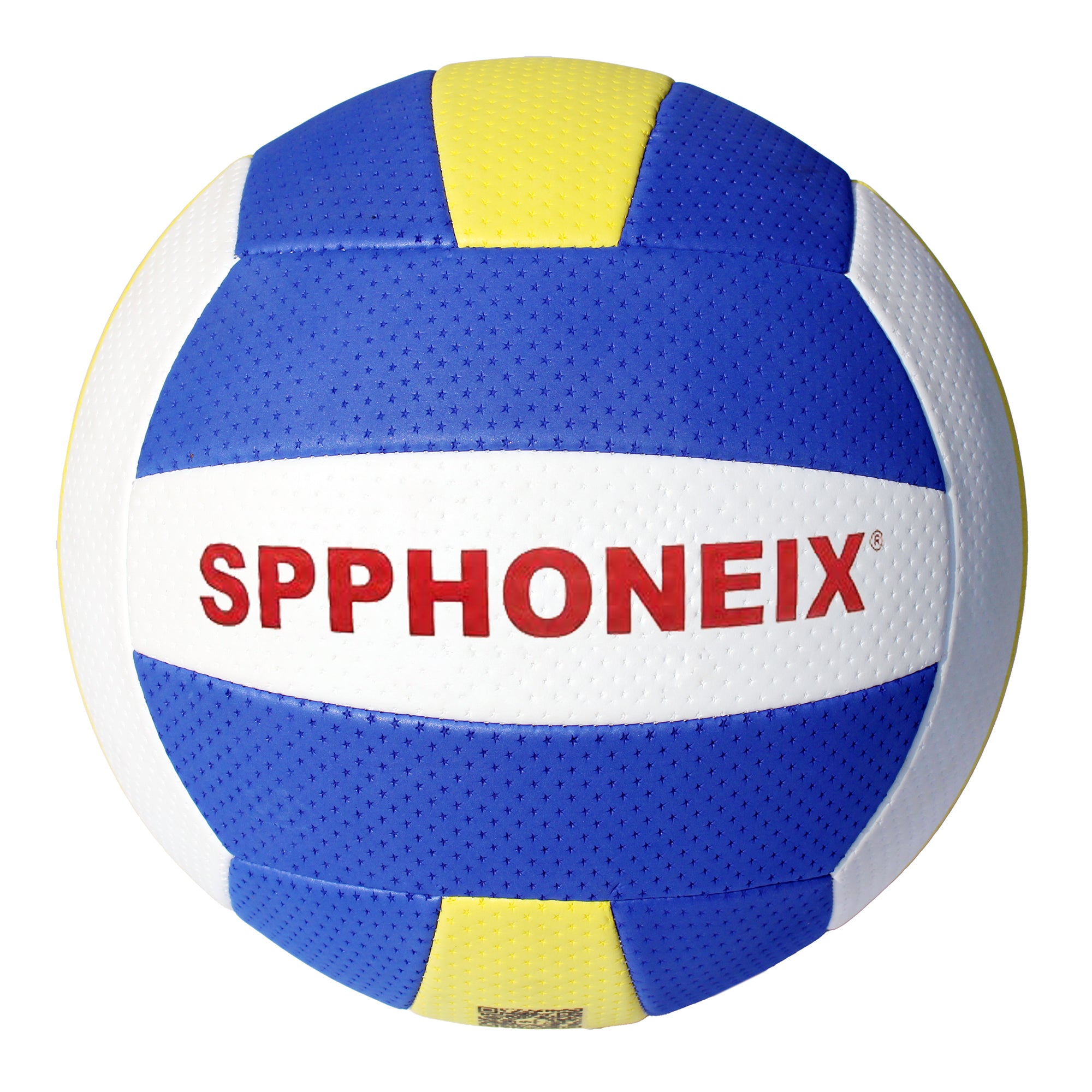
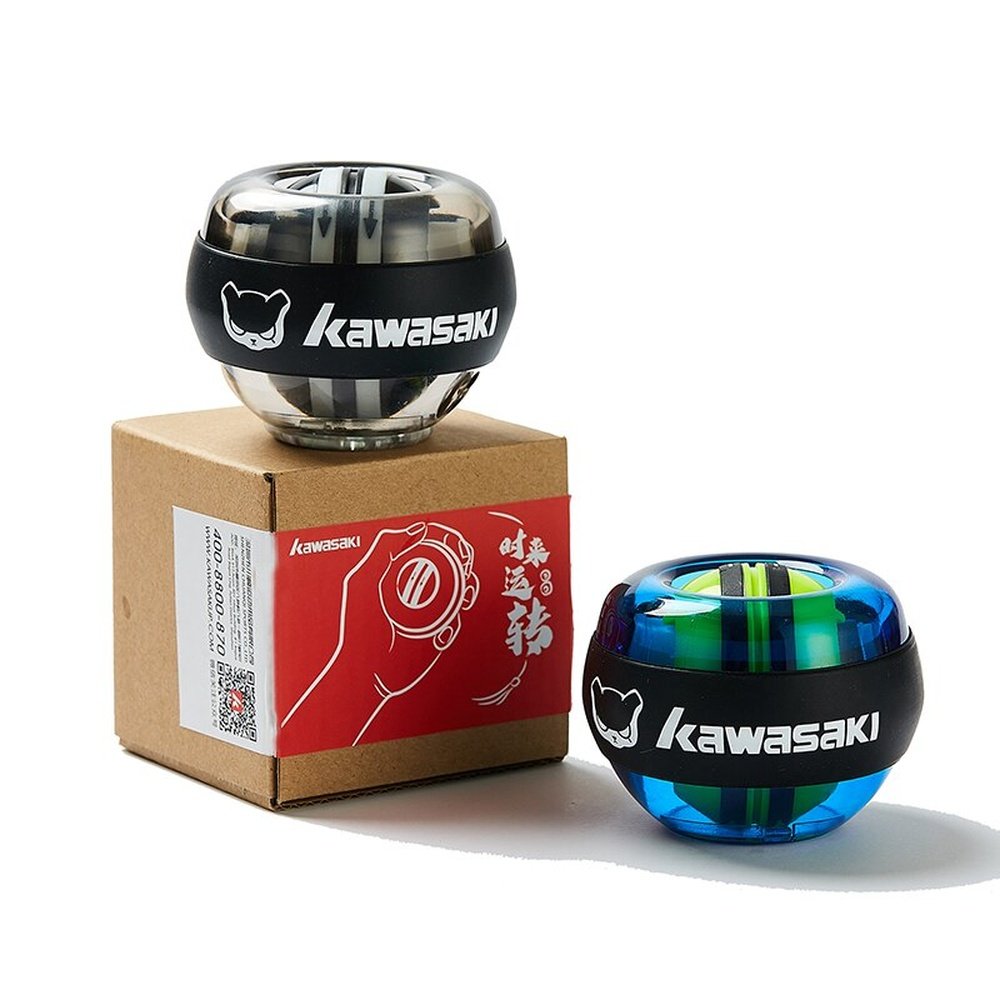

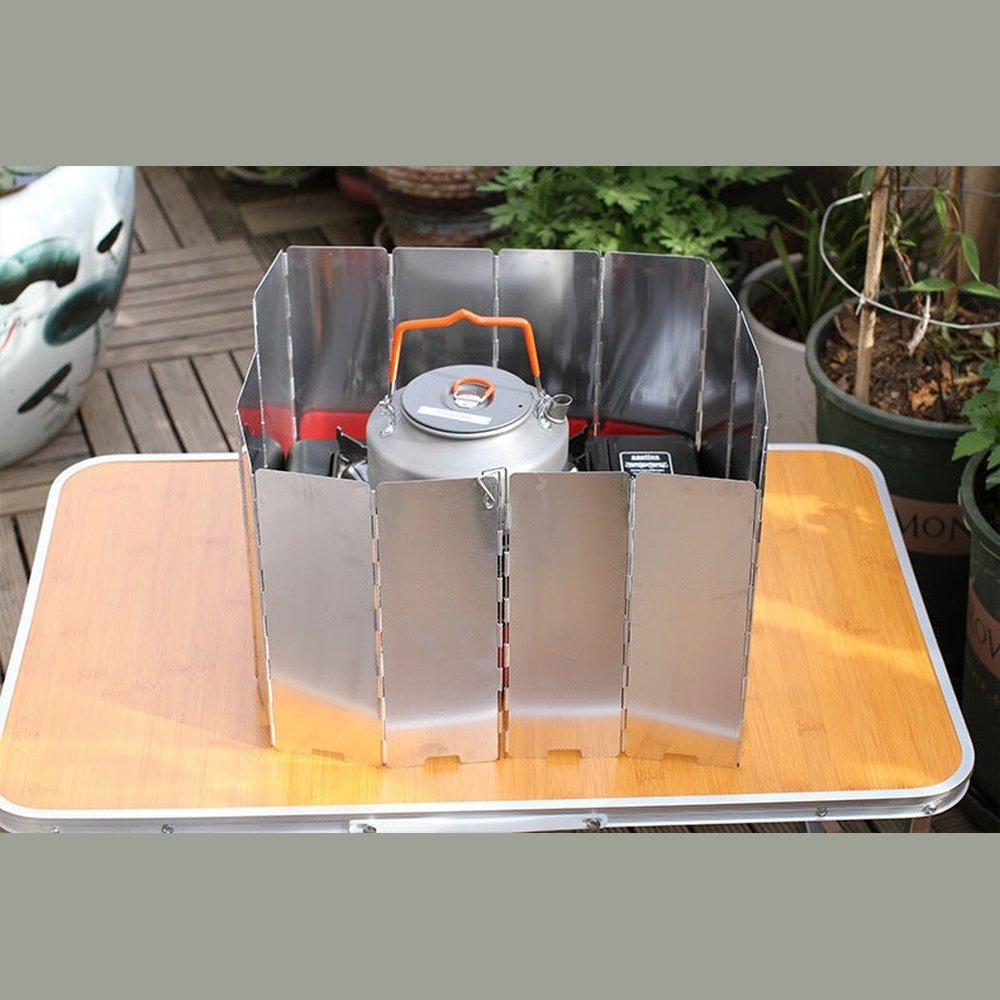
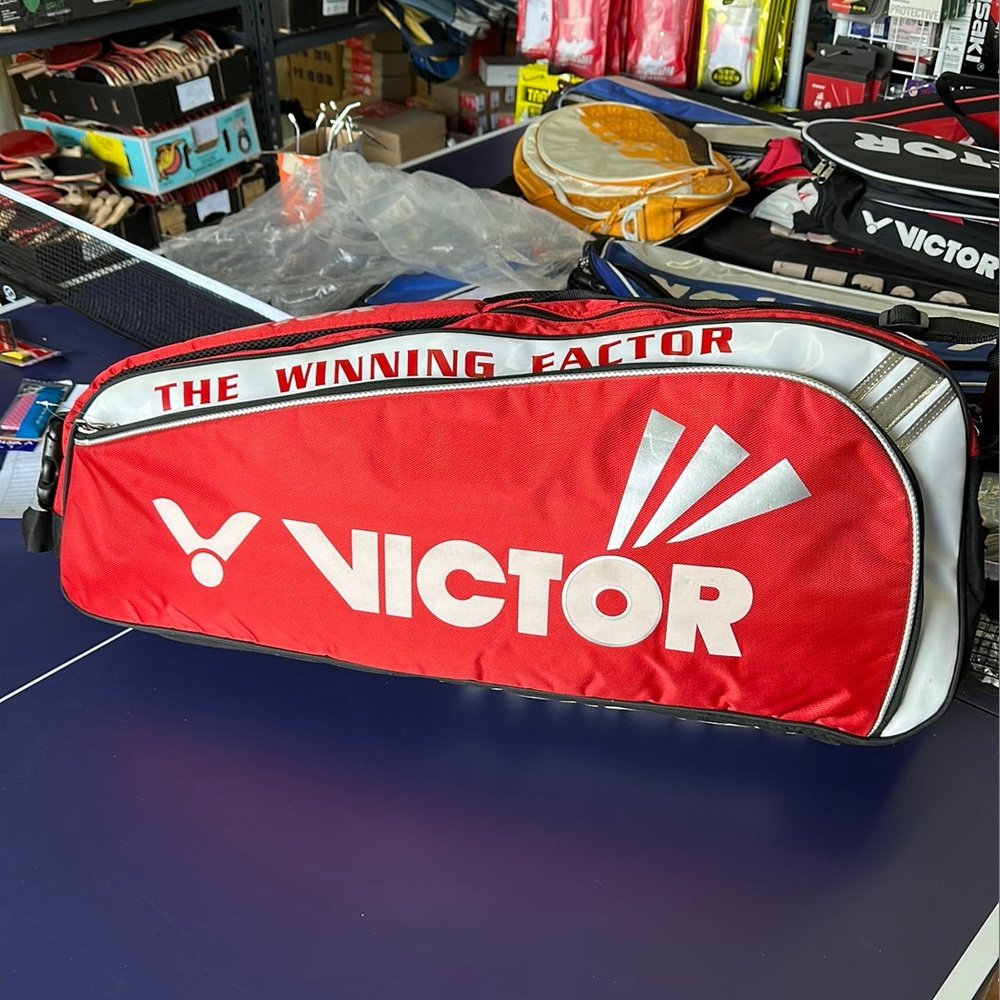
Leave a comment